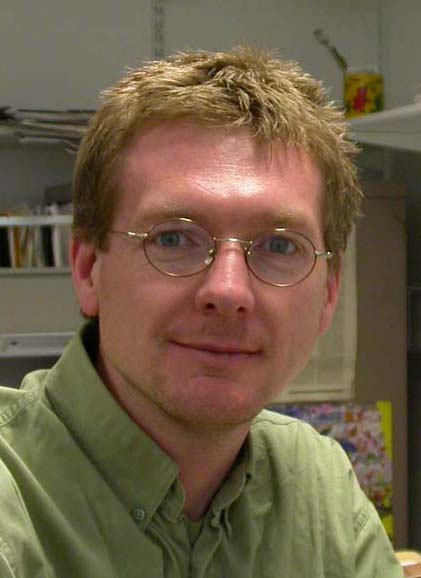An outstandingly talented man - ornithologist, author, artist and Director of the Durban Museum and Art Gallery for 30 years (1952-1982). He was not, as far as I know (and I *do* know), involved with Coelacanth discovery. A Glaswegian! Schooled in Glasgow, studying at Glasgow School of Art. 'Cin yer mither sew?' and all that. Nearly died several times in the Second World War. An ornithologist right through the middle, with taxonomy written through him like a stick of rock. Made extensive studies of British birds and named many new subspecies. Many of these were very subtle and indeed, only Clancey could really tell them apart. But in the context of the time, well, he wasn't the only one doing it.
Clancey travelled the east side of Africa, from the Middle East down to South Africa, studying birds with the fearful Col. Richard Meinertzhagen. They really did not get on. Seven months of bickering. And not just bickering. Meinertzhagen was a mental wreck at this time; he regarded Clancey as very opinionated and felt that he was inclined to be dismissive of anyone who didn't agree with his views. 'He's a bloody young fool - he thinks he knows everything, but is useless!' Clancey felt the same about Meinertzhagen. Maybe they were both right :-)) . Certainly Clancey - a distinguished and very able ornithologist even then - felt abused and dissed being used as Meinertzhagen's baggage boy. They ended up having a massive argument about Black-throated Bustards and their driver returned from a shopping trip to find both men with their shotguns trained on each other - he had to talk them down! Another reason for the animousity, or maybe an excuse, was that Clancey first suspected, and then proved to his own satisfaction, that Meinertzhagen was a liar and a fraud. It started with some South African Longclaw specimens, and finished with proof of fraudulent redpolls, which was the basis for Alan Knox to subsequently formalise the process of exposing Meinertzhagen.
 Clancey moved to South Africa for good in 1950 - he liked it so much he Directed the Museum. Wrote bucketloads of books about South African Birds, many of which are still standard references today. Hundreds of papers, especially on taxonomy. Many South African bird subspecies defined and named by him. Over 40000 skins assembled for the collection at the Durban Museum. Discovered the Lemon-breasted Canary Serinus citrinipectus new to science (it's yellow - did you guess?). When he died, he was the undisputed grandaddy of South African ornithology, and a major figure in the European scene too.
Clancey moved to South Africa for good in 1950 - he liked it so much he Directed the Museum. Wrote bucketloads of books about South African Birds, many of which are still standard references today. Hundreds of papers, especially on taxonomy. Many South African bird subspecies defined and named by him. Over 40000 skins assembled for the collection at the Durban Museum. Discovered the Lemon-breasted Canary Serinus citrinipectus new to science (it's yellow - did you guess?). When he died, he was the undisputed grandaddy of South African ornithology, and a major figure in the European scene too.His legacy... in the interests of presenting my usual thoughtful and balanced apparaisal of both sides of any argument.... I'm compelled to mention that not all his work has been universally accepted. In a British context at least, many of the subspecies he named were purged by his peers shortly before (and perhaps more overtly after?) he went off to South Africa. And sadly, probably rightly so - the plumage and biometric features on which they were based were often too slight to be useful, perhaps even verging on the imaginary.
Phillip Clancey, collosus, character, ornithologist - we salute you!

2 comments:
"...plumage and biometric features on which they were based were often too slight to be useful, perhaps even verging on the imaginary."
So nothing's changed then? Nice work Doc.
WOW! I'm speechless! Thank you!
Thank God that show-down with Meinerzthagen was defused at the last minute!
I shall forward this blog to Phillip's nieces, Norma and Karen.
As you say, a colossus! I'm really impressed!
Avril
Post a Comment